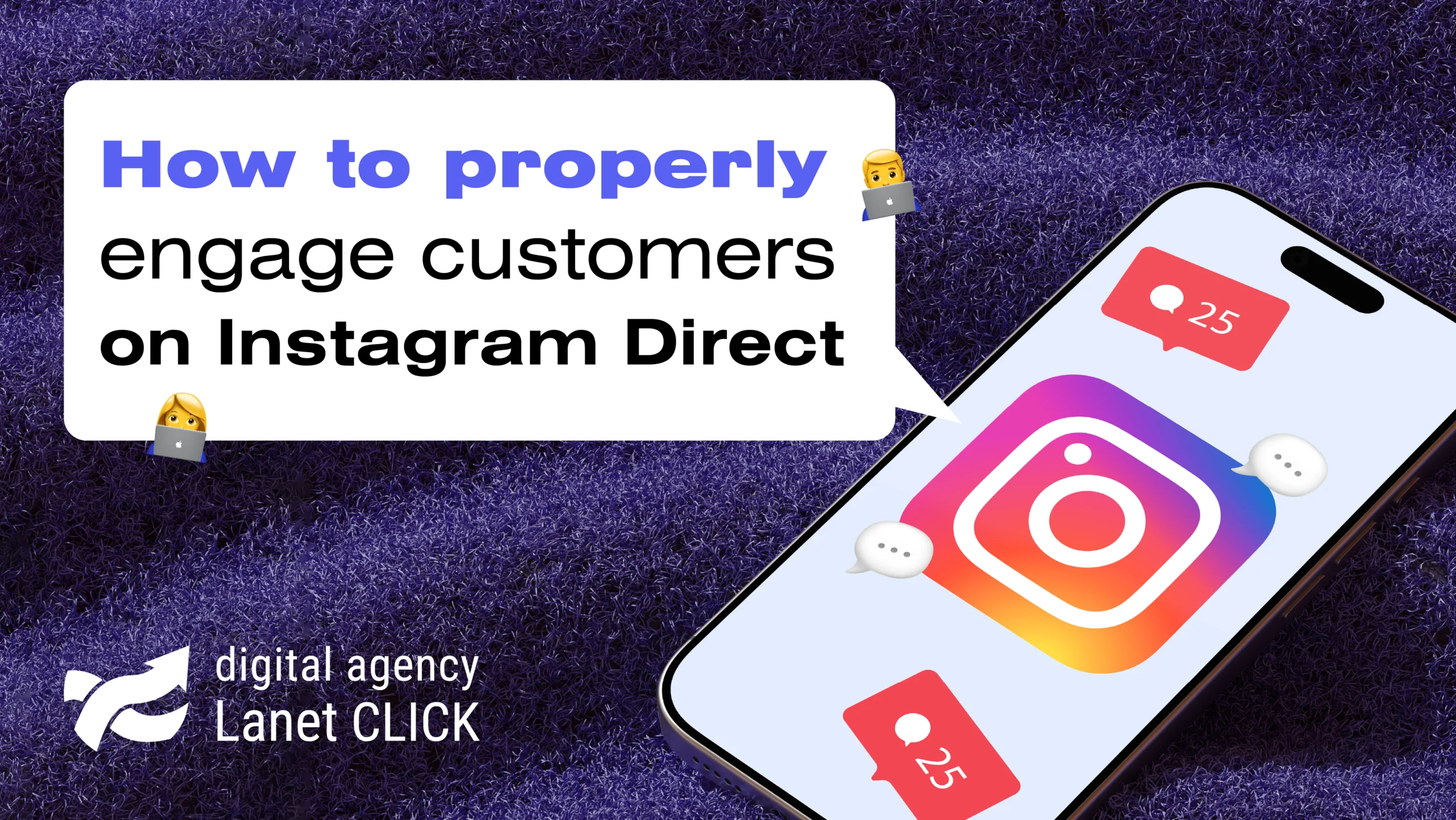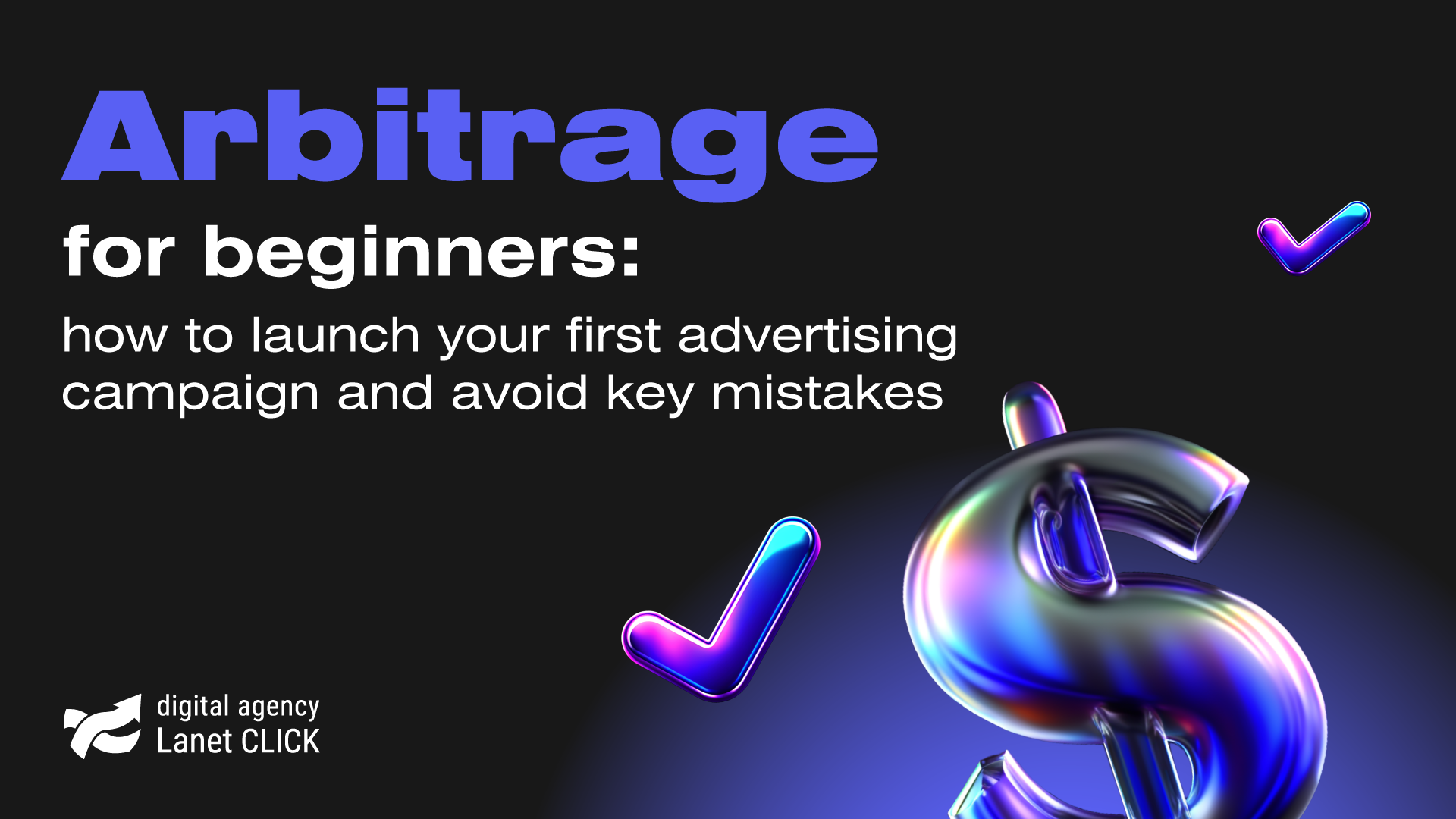
How to properly engage customers on Instagram Direct
Instagram Direct is an opportunity for businesses to build direct communication with customers, which many use for clarifications before making […]


The promotion of the site allows you to attract the maximum possible number of customers, increase sales of goods and services, and occupy the first positions in search engines. Without optimization, even the brightest and most well-designed web resource can not break through among competitors.
Optimization is built from various components. The main elements of internal optimization are meta tags. Without meta-tags, the site’s SEO will be incomplete: search engines simply do not understand for which query the site should be displayed and what information it can offer visitors.The expression “meta tags” is used to understand tags in HTML format, which show structured meta-data about a specific page and the resource in general to search engines. They are placed at the beginning of the code in the block.
The advantages of correctly filled meta tags are the priority in publishing and attracting a new audience. Robots know what tags are and where they are located, and first of all, they refer to them, read the data, and try to determine what topic the site belongs to and whether it corresponds to the user’s request. The more relevant the information, the higher the position it is allowed to occupy.
Meta tags are divided into three categories:
Each of them is either registered independently in the block, if the site is handwritten, or entered in specially designated fields in the admin panel. Any modern CMS (ModX, DataLife Engine, OpenCart, WordPress, Bitrix, etc.) has sections or plugins for introducing meta tags, so any domain owner can handle this type of optimization.
Each tab in the browser has its short text – it is the Title, by which the user easily understands the content of the page. Its other name is the Title tag.The Title is displayed not only in the browser, it can be seen on the pages of search engines. It is the top line that contains the answer to the user’s request. After that, the site address and a certain part of the text are indicated.
The main task of the Title is to give a comprehensive Description of the content of the page with the mandatory inclusion of a key query.
The best headlines are meaningful and informative. You should not form the Title from solid keys. Users are unlikely to want to go to a page whose name is unclear to them, even if it is in the TOP.
As a rule, novice optimizers do not know what a Description is because they cannot find it on the site page. After all, unlike the Title, it is invisible in the browser.A Description is simply a more detailed Description of the page, which can be found in Google output. It contains detailed information about the thematic components, a product or service, and an invitation to make a purchase; or contact the company.
The Description meta tag gives search engines a complete understanding of what the user can find on the page. If it is an article, what is the topic? If a section of the store, what assortment is offered? If it is a product, what is its model, year of manufacture, and price?
Meta-tags Title and Description are important elements of internal optimization, so the question of their registration should be approached responsibly.First, the necessary keywords are selected. You can use the semantic core or special services (Google Ads). For example, high-frequency inquiries about the repair of apartments in the Kyiv region can be as follows:
In the meta tags for the site, you should specify the one key most relevant to the section. The Title may look like this: The renovation of apartments on a turnkey basis: order a service in Kyiv.If a specific district is being promoted, it is recommended to make several sections and write the name of the district in the Title of each of them.
For the Description, you can take medium-frequency requests and those that did not fit into the Title. At the same time, the main keys are duplicated. The text is made more complete and understandable. You can specify the prices and the deadline for the work, write about promotions and discounts, and specify the phone number and address.
There is nothing complicated in composing meta tags: you just need to follow the basic principles and create the semantic core correctly.

Instagram Direct is an opportunity for businesses to build direct communication with customers, which many use for clarifications before making […]

User-generated content has become an effective digital marketing tool for increasing user engagement, building a loyal audience, and advancing search […]

Traffic arbitrage has become one of the most popular ways to advertise products or services online, attracting both experienced marketers […]
A good strategy, perfectly selected digital tools, and their effective application will allow the business to increase profits, grow the customer base, and form recognition and loyalty. Do you want something like that? Contact us.
You have taken the first step towards effective online marketing. Our managers will contact you and consult you soon.